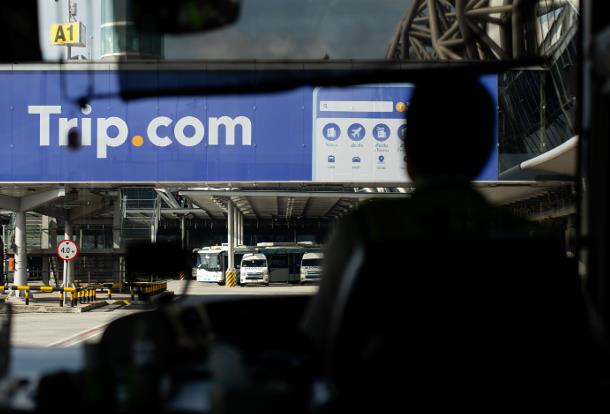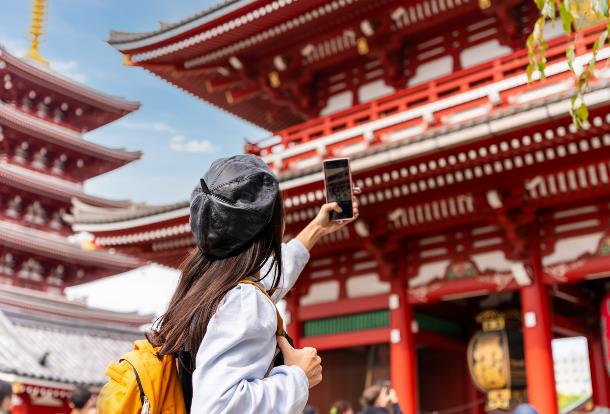As the largest gateway to travel in China and the second largest OTA in the world, Ctrip is developing and supporting the opportunities created by the “One Belt One Road” (OBOR) Initiative.
At the Ctrip 2nd Annual Hotel Summit held in Shanghai, with over 750 global hotel group executives, industry experts, and key opinion leaders including over 100 media outlets in attendance, the company released its “2017 One Belt One Road Travel Report” which analyzes how OBOR is conducive to the development of global tourism and travel. According to the report, as the catalyst for more outbound and inbound tourism, OBOR has benefited stakeholders through the revival of ancient silk and maritime routes. The report particularly highlights how OBOR is creating opportunities in the global hotel industry, where Ctrip is actively partnering with leading domestic and international hotels and hospitality companies.
For inbound travel, in 2016 OBOR helped to attract more than 7 million visitors to China, 3 million of which were from OBOR-participating countries – representing growth of over 200% growth as compared with 2015. In particular, China’s second and third-tier cities have seen a jump in the number of foreign travelers with many more options for high-quality, local accommodation as compared to the past.
In terms of outbound travel, in 2016, 10 million Chinese travelers visited OBOR-participating countries, up 71% from 2015, according to the report. In particular, travel to Thailand was up 91%, travel to Singapore up 47% and travel to Malaysia up 129%. Reflecting their increasing travel standards and budgets, more Chinese travelers are opting to stay in 4- and 5-star hotels, with 91% travelers to Singapore and 88% of travellers to Bali and Koh Samui choosing to stay in high-end hotels.
Increased numbers of foreign and domestic travellers visiting regions such as Shaanxi and Gansu (up 53% and 50% since 2015, respectively), reflects the success of OBOR’s revival of ancient silk routes. While China’s first-tier coastal cities are still drawing the largest number of travellers, the report anticipates that growth in silk route regions will continue to be strong.
Commenting on the report, Jane Jie Sun, Ctrip’s Chief Executive Officer said, “For the past several years, Ctrip has been working to deepen our cooperation with One Belt One Road participating countries to provide abundant travel options for the rapidly growing number of Chinese outbound travellers. Combined with the increasing importance Chinese travellers are placing on premium travel experience, including flights, hotels, and local transportation, we see enormous potential for forming partnerships with travel providers in the OBOR participating countries.”




